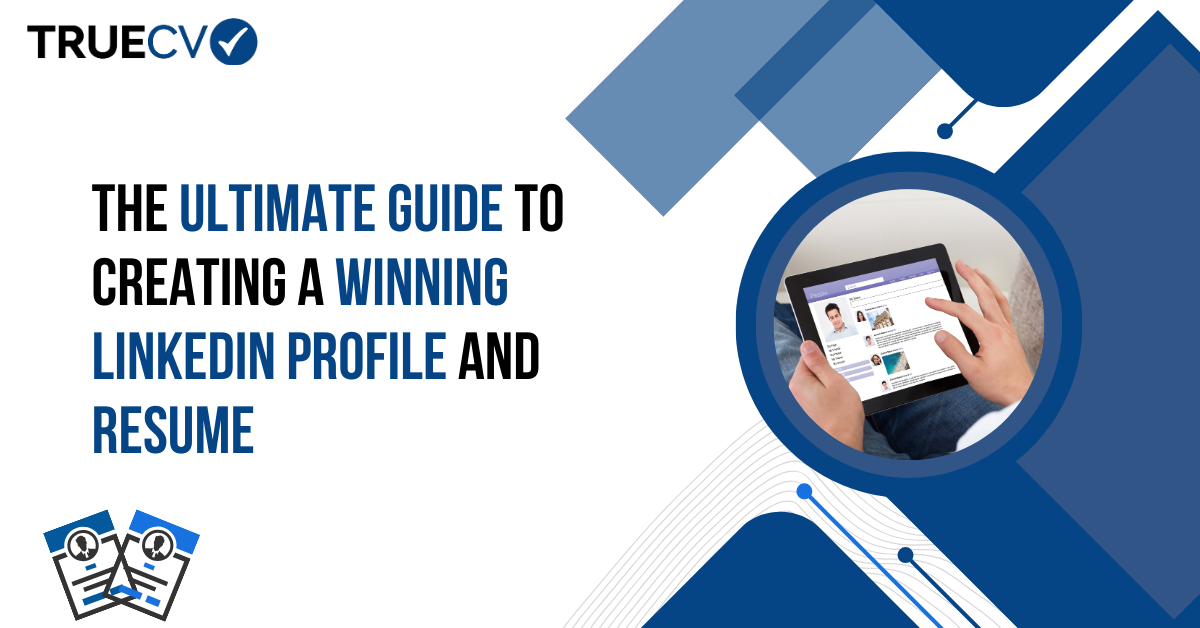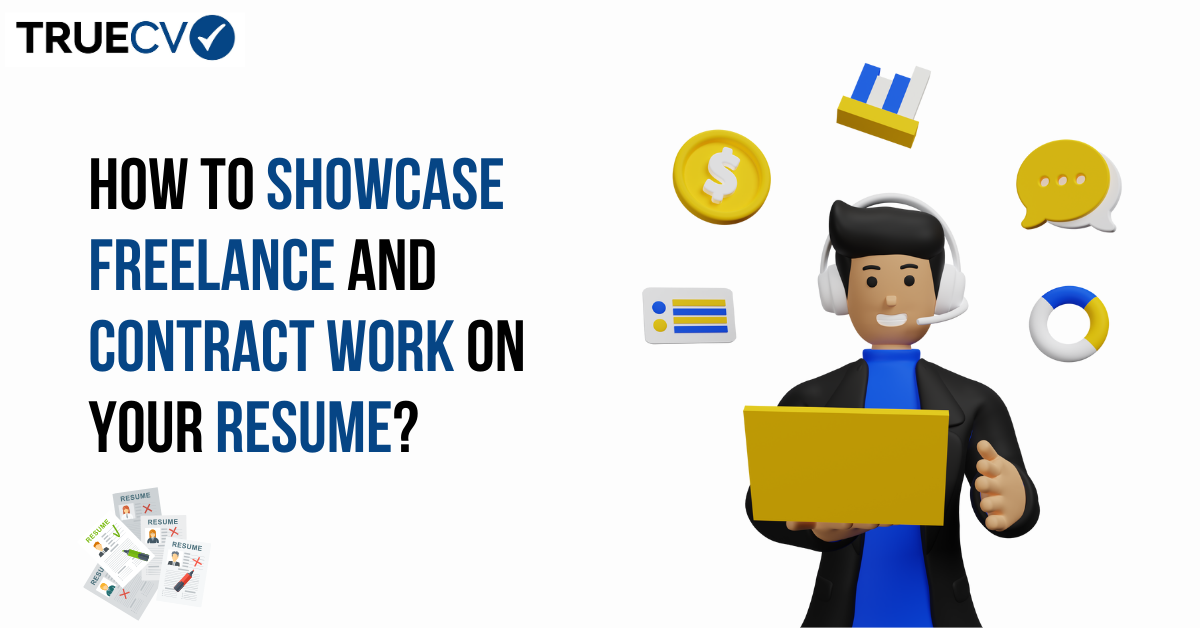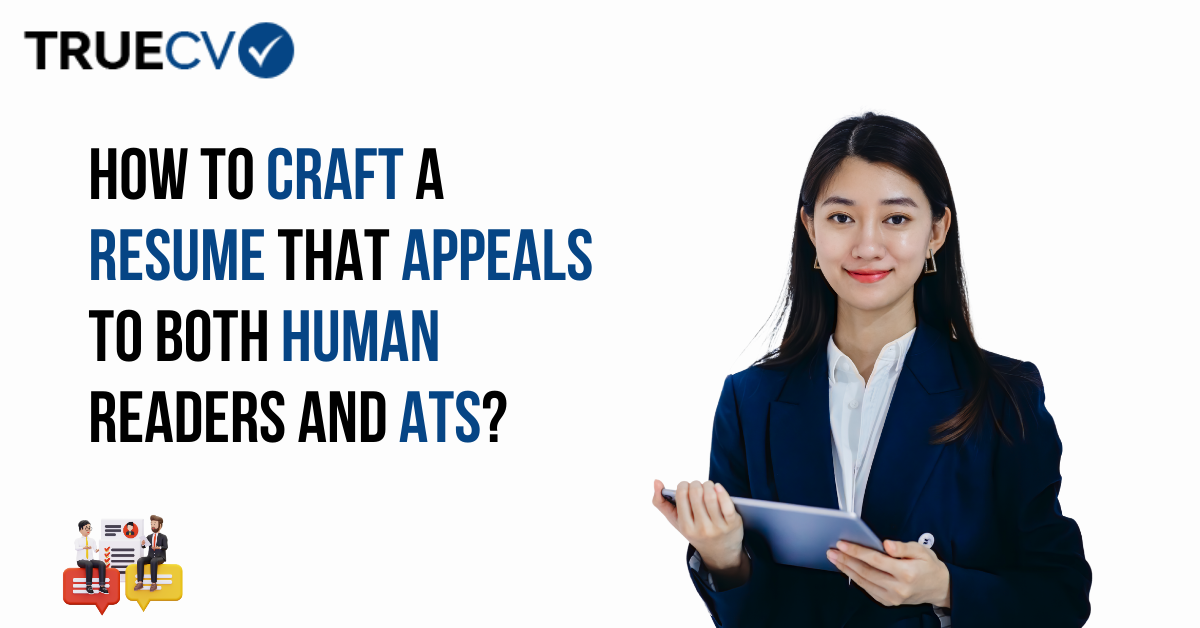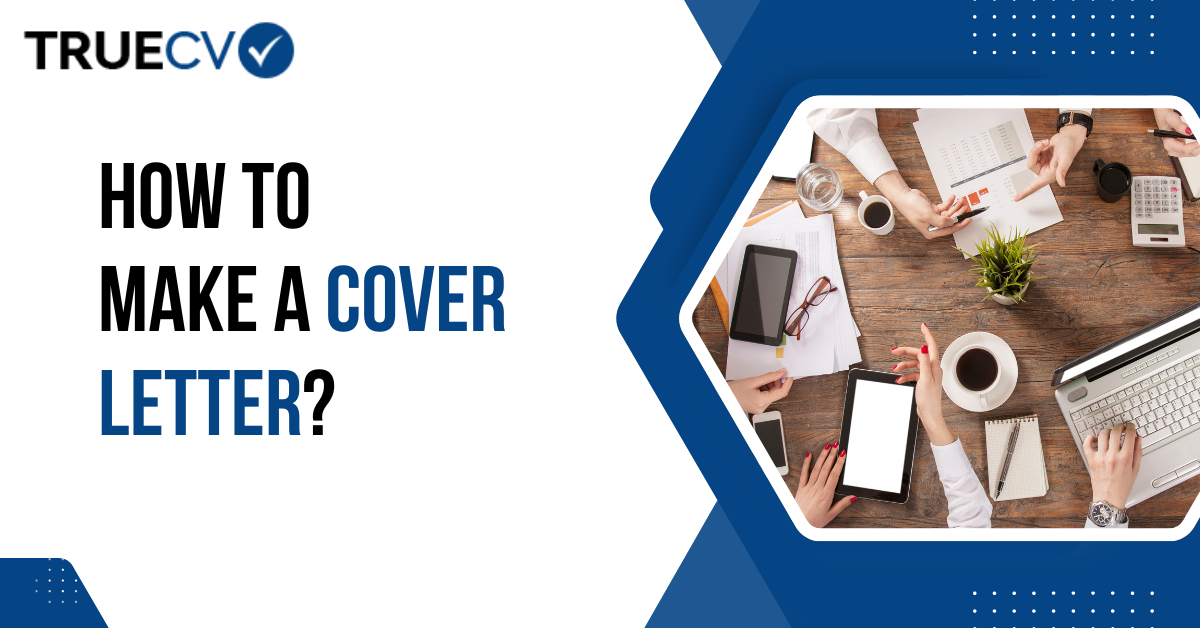
Resume Design and Formatting: Striking the Right Balance between Creativity and Professionalism
In today's highly competitive job market, where hundreds of applicants vie for a single position, it is becoming increasingly challenging to stand out from the crowd. As a result, job seekers are turning to creative and visually appealing resumes to capture the attention of hiring managers and leave a lasting impression. While traditional, text-heavy resumes have been the norm for decades, the advent of digital technology and the growing emphasis on personal branding have paved the way for more innovative and eye-catching resume designs.
However, as job seekers venture into the realm of creative resume design, it becomes essential to strike the perfect balance between creativity and professionalism. After all, no matter how visually appealing a resume may be, it must effectively showcase the candidate's skills, qualifications, and experiences. In this blog, we will explore the dos and don'ts of resume design and formatting, helping you strike that elusive balance and increase your chances of landing your dream job.
1. Understand the Industry and Company Culture
Before embarking on your creative resume journey, conduct thorough research on the industry you're applying to and the specific company culture. Different industries and companies have varying expectations when it comes to resume design. For instance, creative fields, such as graphic design or marketing, may welcome unconventional formats that showcase your artistic abilities. Conversely, more traditional industries, such as finance or law, may prefer a more conservative and professional layout. Tailor your resume design to align with the expectations of your potential employer and the specific role you are applying for.
2. Keep It Simple and Clear
Amidst the excitement of infusing creativity into your resume, remember that clarity and simplicity should always be your guiding principles. Avoid the temptation to overwhelm the reader with overly complex designs or extravagant fonts. Stick to a clean, easy-to-read font, such as Arial, Calibri, or Times New Roman, and maintain consistency in font sizes throughout the resume. Organize your resume into clearly defined sections, and ensure that your contact information, work experience, education, and relevant skills stand out.
3. Optimize for Applicant Tracking Systems (ATS)
Many companies today employ Applicant Tracking Systems (ATS) to automate the initial resume screening process. These systems scan and filter resumes based on specific keywords and criteria, often leading to rejections before the human eye even sees them. To ensure your creative resume passes through these systems successfully, avoid using images, graphics, or fancy formatting that might not be compatible with ATS. Stick to standard fonts and use bullet points to improve readability and ATS compatibility.
4. Incorporate Visual Elements Strategically
Creative resumes often include visual elements that enhance the overall presentation. When incorporating visuals, do so strategically to amplify your message rather than distract from it. For example, you can use icons or symbols to represent your skills or achievements. Graphs and charts can effectively showcase quantifiable accomplishments. If you decide to include a photo, ensure it is a professional headshot and aligns with the company's norms regarding resume photos.
5. Color Palette and Themes
Colors can be a powerful tool in creating a visually appealing resume. When incorporating colors, choose a harmonious palette that complements your personal brand and the industry you are targeting. Stick to a maximum of two or three colors to avoid overwhelming the reader. Use colors to accentuate headers, borders, or icons rather than dominating the entire resume. Ensure that the chosen colors align with the company's branding, if possible, as it demonstrates your attention to detail and cultural fit.
6. Showcase Your Creativity in the Content
While resume design is crucial, creativity should not be limited to visuals alone. Showcase your creative thinking through the content itself. Craft compelling, achievement-based bullet points that vividly demonstrate your impact in previous roles. Use action verbs to make your accomplishments more engaging and impressive. Highlight your creativity, problem-solving skills, and adaptability through the description of your past projects and experiences.
7. Test Before Sending
Before submitting your creative resume to potential employers, seek feedback from friends, colleagues, or mentors. Their insights can be invaluable in identifying potential issues and making necessary adjustments. Ensure that the resume is easily understandable and doesn't distract from the essential information it intends to convey. A well-tested resume will give you more confidence in its effectiveness when applying for jobs.
Conclusion
In today's dynamic job market, a well-designed and formatted resume can significantly impact your job search success. Striking the right balance between creativity and professionalism in your resume is a delicate yet crucial task. A visually appealing resume can catch the eye of recruiters and make you stand out from the competition. However, it must also be clear, concise, and ATS-friendly to effectively showcase your skills and experiences.
Remember to tailor your resume design to the industry and company culture, prioritize clarity and simplicity, and incorporate visual elements strategically. Showcase your creativity through both the design and the content of your resume. By striking the right balance, you can create a resume that reflects your unique abilities while making a lasting impression on potential employers. Good luck with your job search!





